Right now, there are loads of people buying new bikes. Here in the UK summer has finally arrived just as it is normally finishing. The fantastic Tour de France has been won by Bradley Wiggins and we’ve seen some inspiration coming from the Olympic and Para Olympic games. These are all great reasons for people anywhere to start cycling.
Bicycles are wonderful machines and shops are getting their act together in terms of being more professional in the way cycling is promoted as a positive lifestyle. It is because of this that there is a bewildering choice of bike. I’ll blog soon about the different kinds of bike soon but in the meantime here is some information on the different materials used to make the frame of a bicycle.
Choosing the right frame material is important , unless you’re thinking of buying a horrible heap of junk from a supermarket for £99 (cheap bikes like this will probably be crudely welded steel of the lowest gas-pipe grade and best avoided). The frame material will be reflected in the price but they will have considerable overlap. The very “feel” of a bike will be determined by the frame material, as will the speed, weight and stiffness of the bike. Below is a break down of the different materials:
Aluminium
 |
| Mass produced aluminium frame MTB: |
Aluminium is a quite popular material for bicycles and I remember seeing my first Cannondale back in the late 1980s when steel was the norm. It was Cannondale who made aluminium bikes so conspicuous with the over sized tubing at the time. Having a bike which looked like it was made of drain pipes seemed attractive for many and they were pretty good bikes, well presented and equipped with some nice components.
The advantages back in the 1980s were that bikes could be made lighter [than steel] but to be honest I don’t think there was much in it. They were often made with a large diameter tube in order for the frame to be stiff and not flex too much when pedalled reasonably hard. We often used to wonder how thin (i.e. what gauge they were) and we concluded they must have been just like Coke cans welded together).
Some of those early frames (especially those which would now be 30 odd years old) might not be very reliable in terms of their integrity and could be prone to failing. Having a frame fail while in use could be a serious event! Consequently I wouldn’t touch and old, tatty aluminium frame with a long pedal crank.
Overall they have improved much over the years and have become almost mainstream and a material used for mass produced bikes. Many aluminium road bikes will be fitted with carbon fibre forks which probably saves weighth and helps the ride quality (in principle). My two daughters have aluminium mountain bikes, both economical and they serve well enough. The cheapest is crudely welded but streets better than something 10 years older (see photo) at the “budget” end of the market. The other is a 2010 Specialised Myka and well made.
As for the ride, well I consider it to be a bit clinical and heartless and perhaps harsh at times. When riding on a road bike with correctly inflated tyres it can be tiring after a couple of hours owing to the harshness. However, it does depend on the geometry and some other factors.
While there are many good value decent bikes made from this material, you might have some difficulty in finding a frame builder who would be willing to carry out any kind of a repair or modification should that ever be needed. It’s because of this bikes that need various fittings for pannier racks, pump pegs, water bottle bosses, cantilever brakes etc are unlikely to be found on a light frame, probably more so on a thick walled heavy frame.
Some examples of current aluminium frame bikes are:
- Dawes Giro 300 – road bike costing about £450
- Cannondale CAAD10 road bike – road bike costing about £2000
Best to avoid tarring these bikes with the same brush. No doubt the frames have a totally different feel and performance along with components which are (almost) from opposite ends of the spectrum. If you’re thinking of buying a new bike for well under £1,000 there’s a good chance it’ll be aluminium to a degree. It’ll serve you well but recognise it’s not an Aston Martin; instead be content with the Ford, Nissan, Toyota you have.
Carbon fibre
This is the material of choice for many road cyclists. It is light and strong and can be made to look very beautiful with sculpted joints between the tubes and a streamlined look.
As carbon fibre frames are made by layering layer upon layer, frames can differ a great deal from one brand to another. With this the thickness, strength and stiffness can be finely tuned from tube to tube. From what I gather, the Bradley Wiggins crew will have carbon fibre as will many an enthusiastic amateur.
Carbon fibre has been around in the bicycle world since the 1980s and there has been significant progress since. Perhaps a slight oddity were the Raleigh Dynotech carbon fibre frames. Aside from the utterly naff name, they weren’t too bad although it isn’t very often you’ll see a carbon fibre bike with tubes glued or screwed into aluminimum lugs. Are any still alive and still on the road?
While carbon fibre road bikes will almost certainly have a superb ride and bring out the best in any competitive cyclist, there are a few drawbacks. The first is the cost. Best to allow £1000 to get a start with carbon fibre with perhaps a Boardman bike from Halfords. These aren’t bad bikes at all, getting it coorrectly set up and tuned is suggested to be a lottery with Halfords. There are other brands competing and perhaps one really worth checking out is
Ribble cycles where you can have a carbon fibre bike for less than £900.
Another drawback is their durability. Any crash involving riding into something will probably write off the frame. Anything more serious that the lightest scratch or a gouge can also write the frame off.
If you are thinking of getting in to road racing and warming up for your first bike, consider going for a cheaper alumimium bike as above (be mindul of the limitations) and then treat yourself to a carbon fibre bike once you’ve lost a little weight and improved your fitness and cycling form. Saving a little weight on a carbon fibre frame isn’t suddenely going to make you into a really fast cyclist. Imagine how embarrassing if you’re riding your carbon fibre bike and you’re overtaken by an older cyclist on a 20 year old bike and made of something heavier!
Steel
There are probably more bikes around the world made from steel than any other material. These will range from cheap junior bikes through to bespoke made-to-measure touring bikes costing thousands. Frame tubes will also range from crude gas pipes that are heavy, through to very light tubing made my Reynolds, Columbus etc. This better tubing will normally be butted, meaning it is thicker at the ends (where it joins other tubes) and gives strength and thickness where it is most needed. The middle section of the tube can be extremely thin but still retain much strength and rigidity.
 |
| Some neat welding with Reynolds steel tubes |
Traditionally, frames were brazed together by fitting tubes inside a lug and then finished in the usual way. Nowadays they are often welded together as shown in the photo.
Steel can be pretty light (Reynolds 753 springs to mind) as well as the inevitable gas pipe weight. Yes, compared to carbon fibre, steel frames are a fair bit heavier.
The ride quality, however, is something different. A good steel frame will combine stiffness (i.e. not twisting from side to side when stomping on the pedals) with comfort. The comfort comes from the frame and forks flexing a little over a rough road surface. In fact if you position yourself so you are looking straight down in line with the forks, you can see them absorb lots of road imperfections and road “noise”.
Steel is a material favoured by many a tradtional frame builder; in the UK there are a number such as Argos, Dave Yates, Mercian and others. Such frame builders can create a custom frame for you, with all the right angles, braze-ons and every other detail desired by you. This is useful if you want a lot of braze-ons and can be helpful on touring bikes with pannier rack fittings, three water bottle bosses, cantilever brakes and so on. A good frame builder can also repair a frame if it’s damaged or needs a modification.
While twenty years ago there was a lot of steel around, nowadays it’s a minority and the decent tube sets tend to be used for touring bikes, tandems, trikes and so on. My Thorn Audax is made from steel and for me it is an ideal choice.
Some examples of other steel framed bikes:
- Ridgeback Voyage 2012 long distance tourer
- Pashley Princess Soverign town bike
- Dawes Ultra Galaxy 2012 long distance tourer
I have covered here the main frame materials but there are some others available and include titanium, carbon fibre mixed in with aluminium (i.e. carbon fibre forks and seat/chain stays) and I once even saw a bike largely made from bamboo. Bamboo bikes? That must be the most eco-friendly bike so far?


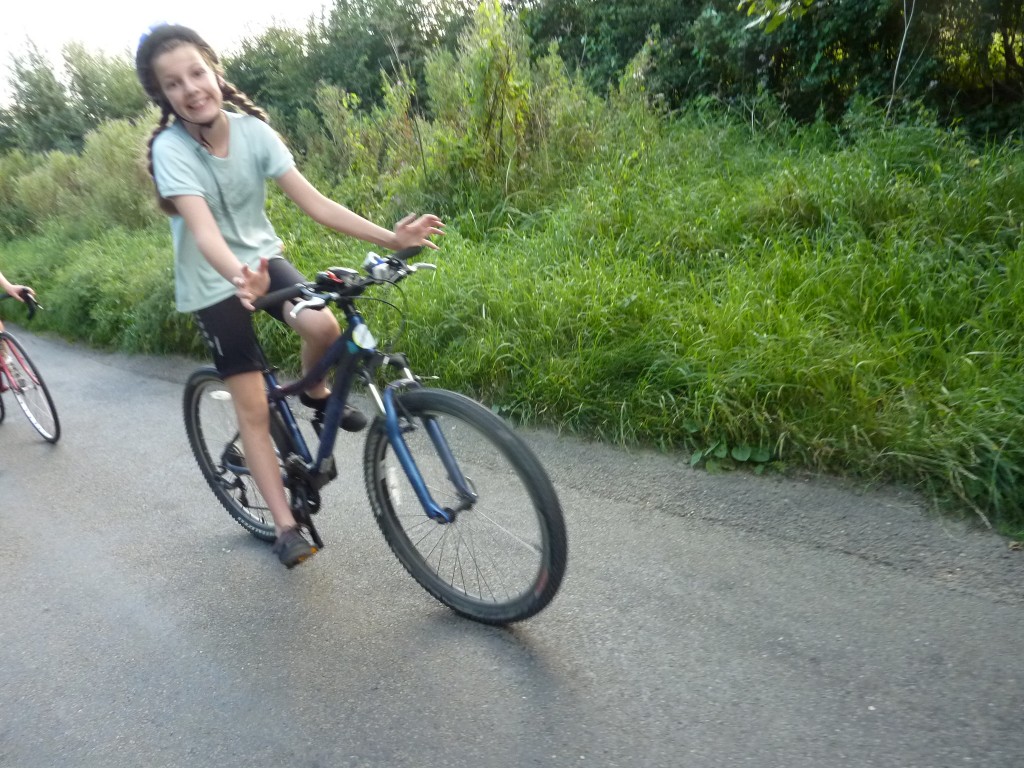
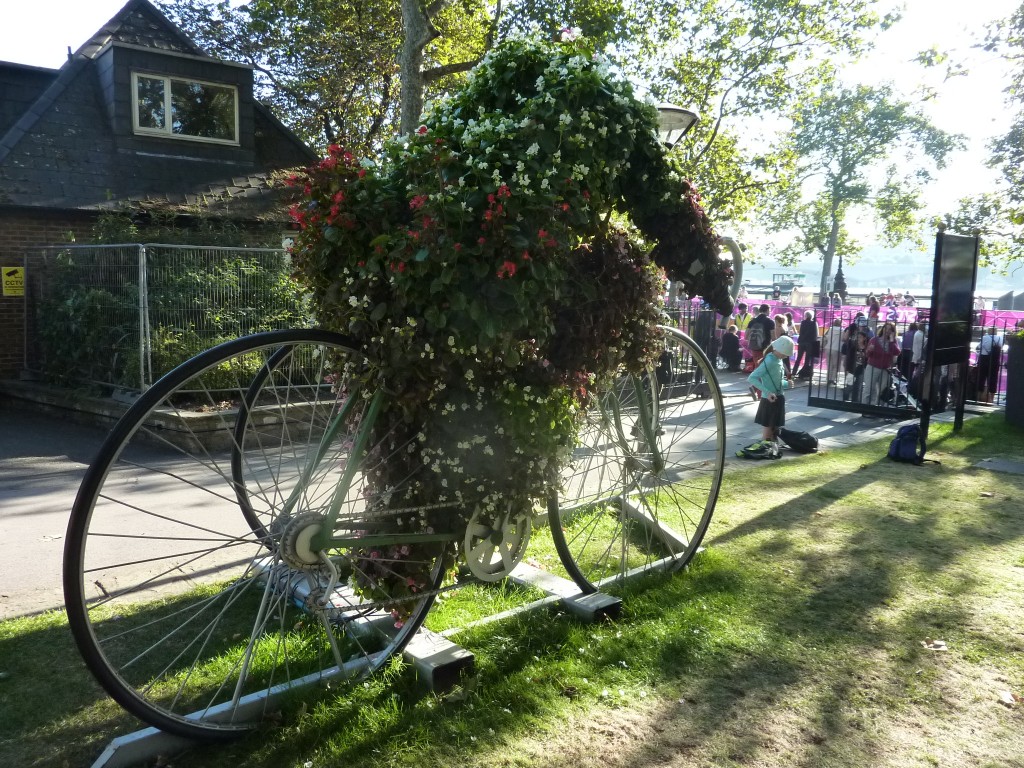
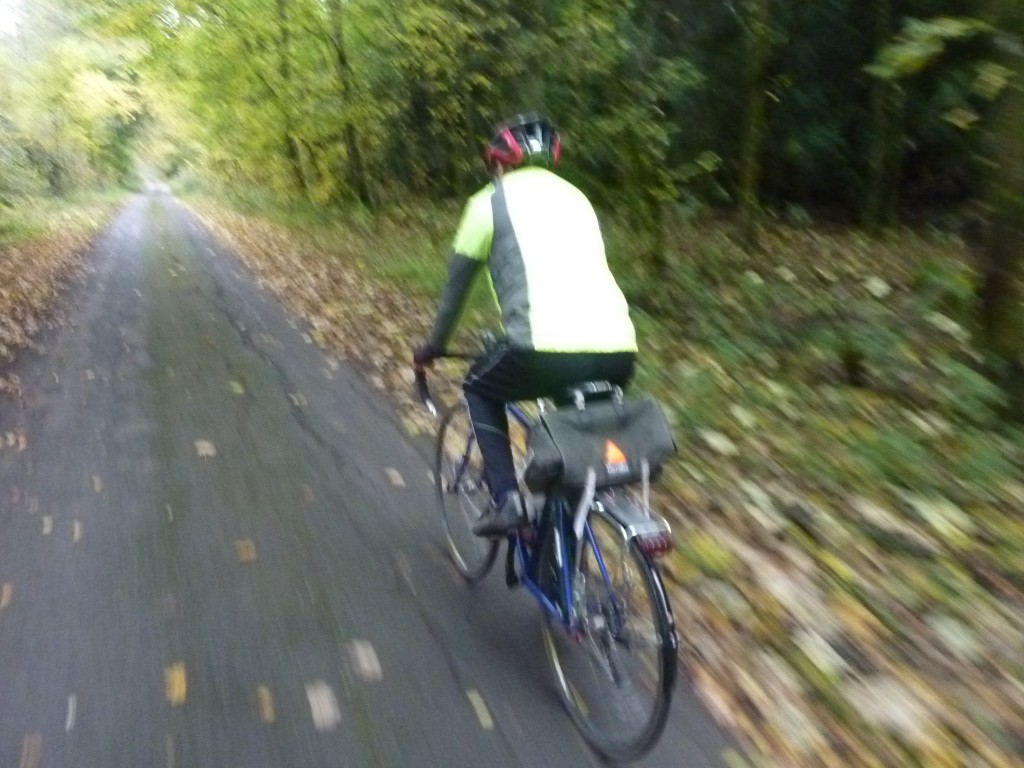
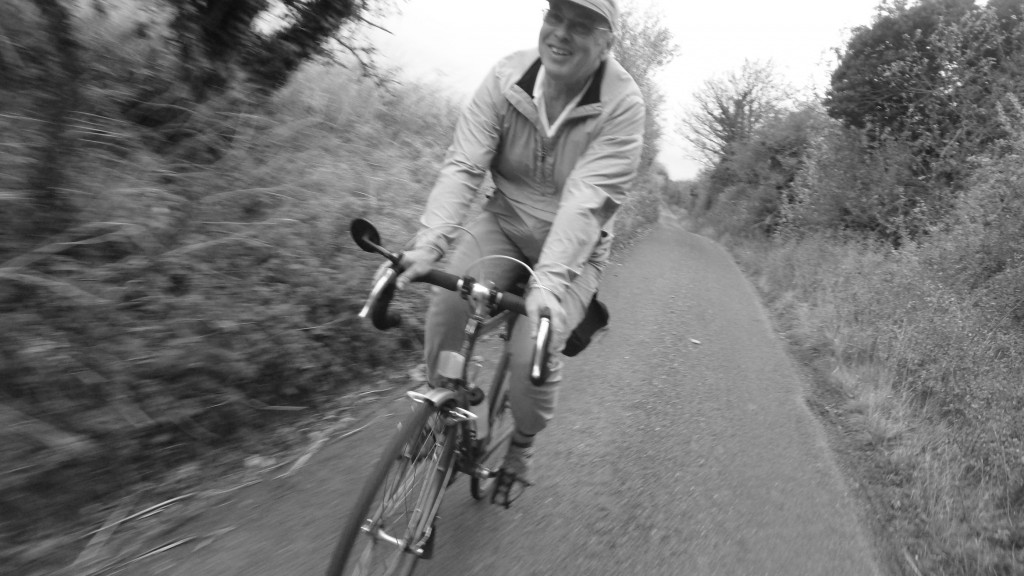
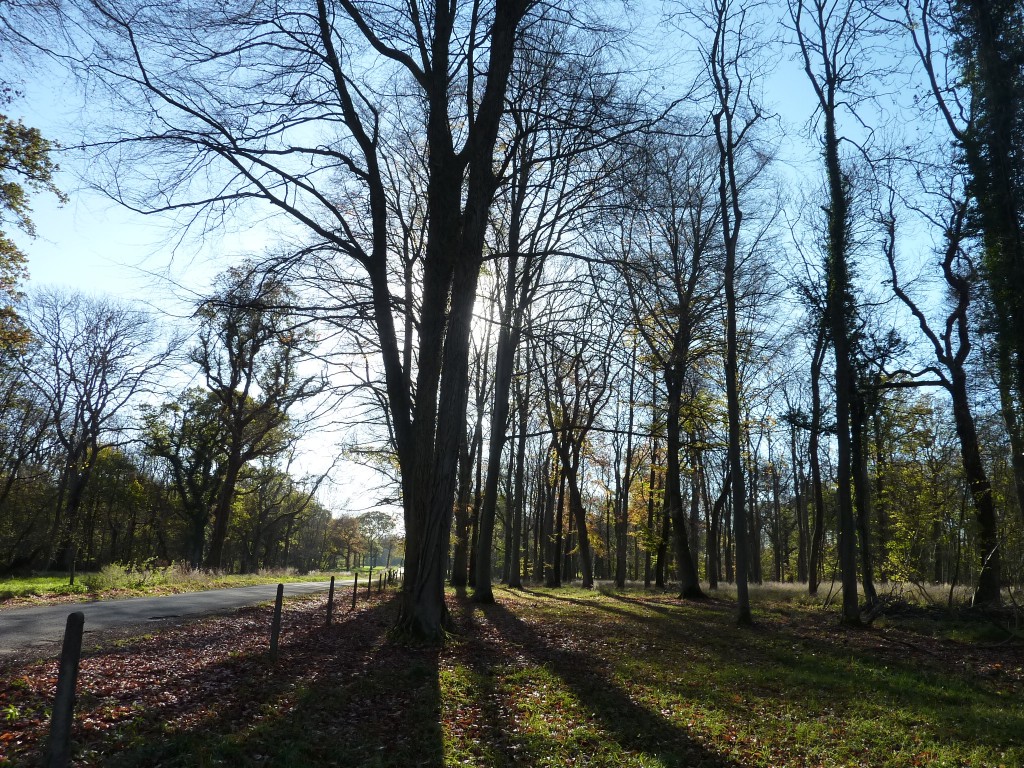
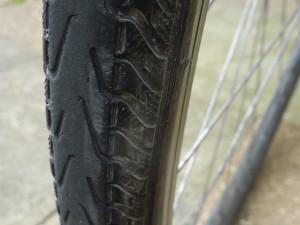


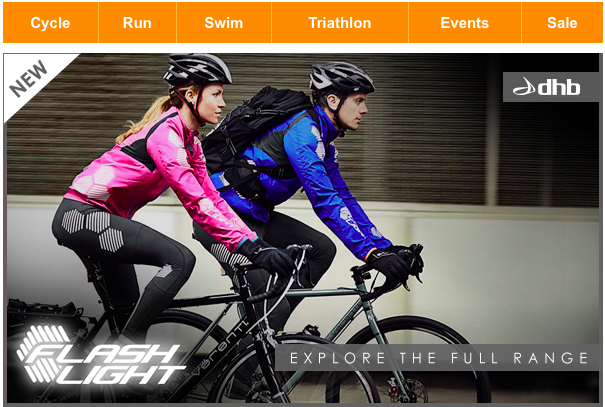

 RSS – Posts
RSS – Posts